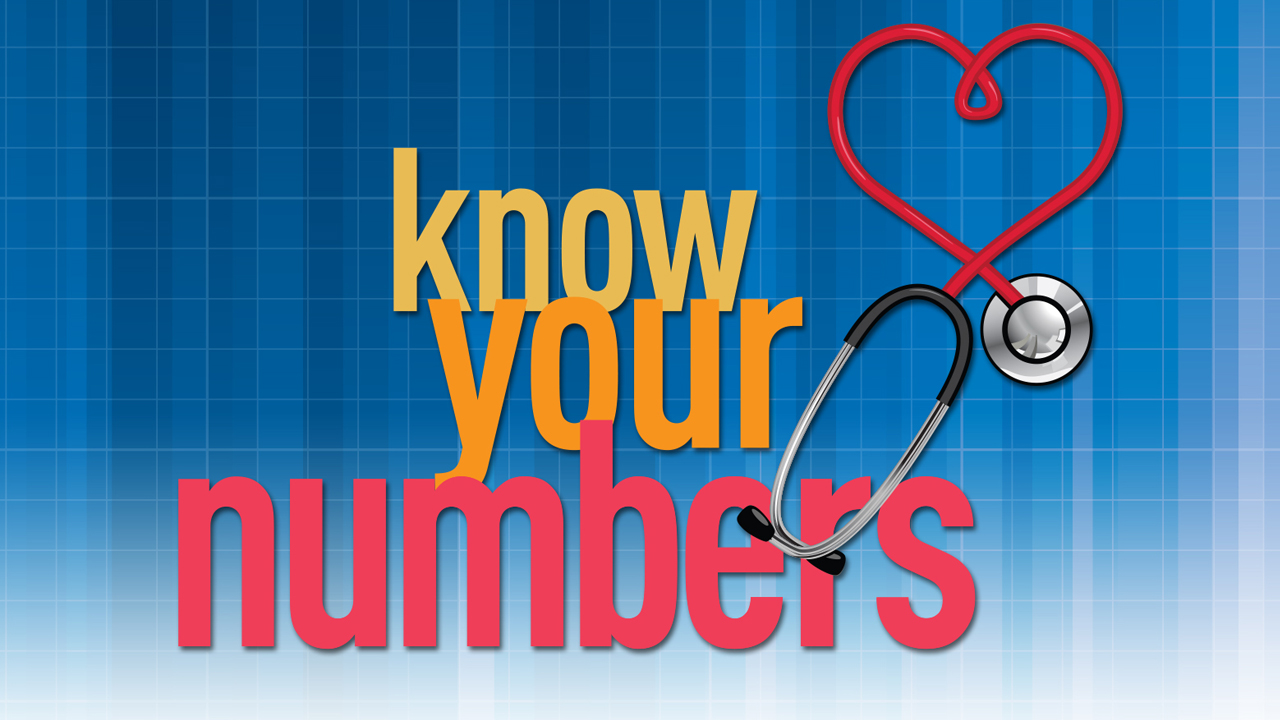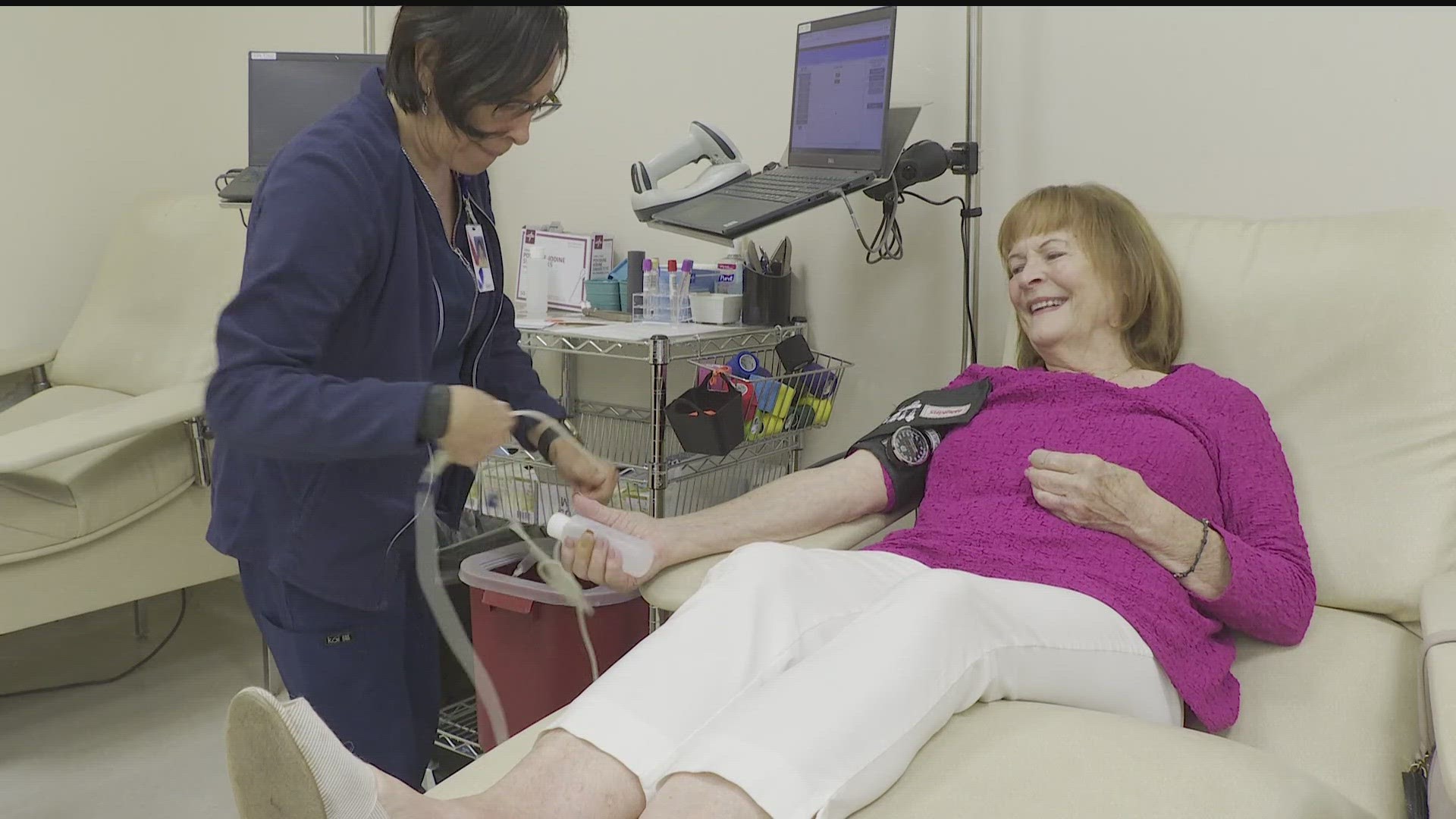The typical adult heart beats 100,000 times each day. It sends blood flowing through 60,000 miles of blood vessels. Medical experts say even the slightest elevation in sustained blood pressure can cause a stroke or heart attack. In fact, every twelve minutes, someone in America dies as a result of high blood pressure.
What you don’t know can kill you.
High blood pressure is often called the “silent killer.” Most people who have high blood pressure show no signs of the disease. In Minnesota, health experts say 27% of the population have high blood pressure. The CDC says 75 million Americans have high blood pressure and two-thirds don’t know it. That’s about one in every three adults.
CDC statistics from 2014 show high blood pressure was the primary cause or a contributing factor in 410,000 Americans. That’s roughly 1,100 deaths each day. There’s a high price tag on high blood pressure too. The CDC says $48.6 billion is spent each year to provide health services, medications, or cover missed days of work for people living with high blood pressure.
What’s a safe blood pressure? What do the blood pressure readings mean? How often should you have your blood pressure checked? Who’s most at risk? How can you lower your numbers?
Checking your pressure
A blood pressure reading consists of two numbers --- commonly expressed as one number “over” another number. A standard trip to your doctor’s office often includes a blood pressure check. Usually, the technician straps a cuff to your arm, inflates it by squeezing a lemon-shaped rubber bulb, watches a meter that looks like a thermometer, and then rattles off a reading that sounds something like “120 over 80.” In writing it looks like “120/80”.
Too often, blood pressure readings are treated like an afterthought. The technician knows exactly what the numbers mean and presumes you do too. In reality, many patients don’t understand the numbers. And even fewer can tell you what those numbers represent or how they relate to your health.
Understanding Blood Pressure Readings
A blood pressure reading consists of two numbers --- commonly expressed as one number “over” another number. The first (or top) number measures your systolic pressure. It’s the pressure against your artery walls during that split-second when the heart is pumping out blood.
The second (or bottom) number measures your diastolic pressure. This number is the pressure in your blood vessels when your heart is at rest.
When you’re relaxed , a blood pressure reading of less than 120/80 mmHg is considered normal. Readings that are 140/90 mmHg or more are officially considered ‘high’ blood pressures. People who have readings between 120/80 and 140/90 are classified as pre-hypertensive --- meaning they are at risk for developing high blood pressure.
Ways to lower your blood pressure
Some people are able to lower their blood pressure with lifestyle changes.
- Cut back on the salt and sodium in your diet. Use herbs and spices to add more flavor to your foods. Avoid processed foods because many are loaded with sodium.
- Keep a food diary. Track the kinds of food you eat along with when and how much you eat. Then increase the amount of grains, fruits, and vegetables you eat. Look for foods that are low in fat and saturated fat
- Get moving! Experts recommend at least 30 minutes a day of physical activity on most days of the week. This can be as simple as a brisk after-dinner walk.
- Don’t smoke. Enough said.
- Watch what you drink. Caffeine and alcohol can raise blood pressures. If you choose to drink these products, do so in moderation.
- Reduce your stress. Practice deep-breathing and relaxation techniques. You’ll be less stressed and your blood pressure will drop too.
- Get some sleep! A good night of rest can help lower blood pressure.
Talk again with your doctor if your blood pressure hasn't decreased after three to six months of lifestyle changes. Your doctor may put you on medication. It’s important to take medicine exactly as prescribed. Never stop taking it without your doctor’s permission.
Managing high blood pressure is a lifelong commitment. There is no cure.
Take Control of Your Health!
Make an appointment to have your blood pressure checked at a doctor’s office. A more thorough exam will provide more information on your health.
- Cut back on the amount of salt and sodium in your meals.
- Eat more grains, fruits, and vegetables.
- Ask your doctor if medication is right for you.
- Exercise regularly to reduce your stress and lower your blood pressure.
Your Numbers Today
Experts say routine blood pressure screenings should begin at age 21, with repeat evaluations at least every two years. Depending on your current health, medical history and risk factors for cardiovascular disease, you may need to have your blood pressure checked more often.
If your reading is above normal, please make an appointment to see a doctor!
Resources
Minnesota Department of Health

Health Fair 11 is a collaboration of Minnesota Health Fairs, Inc., KARE 11 TV, UCare, and Hennepin County Medical Center. The mission of this nonprofit organization is to provide health care education, materials for consumers, and free or low cost screenings to members of our community. Contact us at healthfair@kare11.com.


